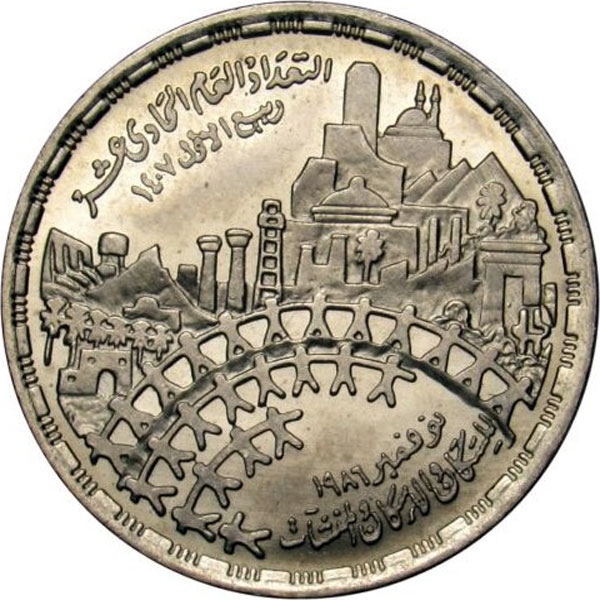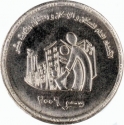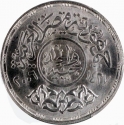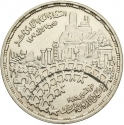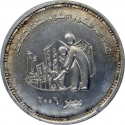You are about to finish your registration. Please check your mailbox (including spam folder). There should be a letter with a confirmation link. Check setting to make sure that your e-mail address is correct.
Send letter againDescription
The practice of conducting a periodic census began in Egypt in the second millennium BC, where it was used for tax gathering and to determine fitness for military services. Censuses in Egypt first appears in the late Middle Kingdom and develops in the New Kingdom. Pharaoh Amasis, according to Herodotus, required every Egyptian to declare annually to the nomarch, "whence he gained his living". Under the Ptolemies and the Romans several censuses were conducted in Egypt by government officials.
After preliminary enumerations in some urban areas and villages the first countrywide census was carried out in 1848. A modern analysis of the 1848 census records, which attempts to adjust for various discrepancies in the data, concluded that Egypt's population was 4,476 million people back then. The 1848 census is said to be the first in a non-Western country to include demographic, social, and economic data on practically all individuals including females, children, and slaves.
In 1986, a census indicated that the population of Egypt reached a total of 50.4 million, including about 2.3 million Egyptians working in other countries.
Obverse

|
Depicts a stylized city view (dam, mountain, trees, ruins, columns, tower, factory, buildings, mosque, pyramids and a gate) above 3 arced of joined figures and the inscriptions "Eleventh General Census", "Rabi' Al-Awwal (4th month of the Islamic calendar) 1407", "November 1986" and "Population, housing and facilities". التعداد العام الحادي عشر |
|---|---|
Reverse

|
Denomination in mirrored stylized flowers, dates (Hegira and Gregorian) below, calligraphic arted state name "Arab Republic of Egypt" in centre. عشرون قرشا |
| Edge |
20 Qirsh
(Piastres)
General Census
Eleventh
Subscribe series
KM# 607
General Census
Eleventh
Characteristics
| Type | Commemorative Issue (Circulating) |
| Material | Cupronickel |
| Weight | 6 g |
| Diameter | 27 mm |
| Thickness | - |
| Shape |
|
| Alignment | Medal |
| Mint |
Cairo Mint
|
